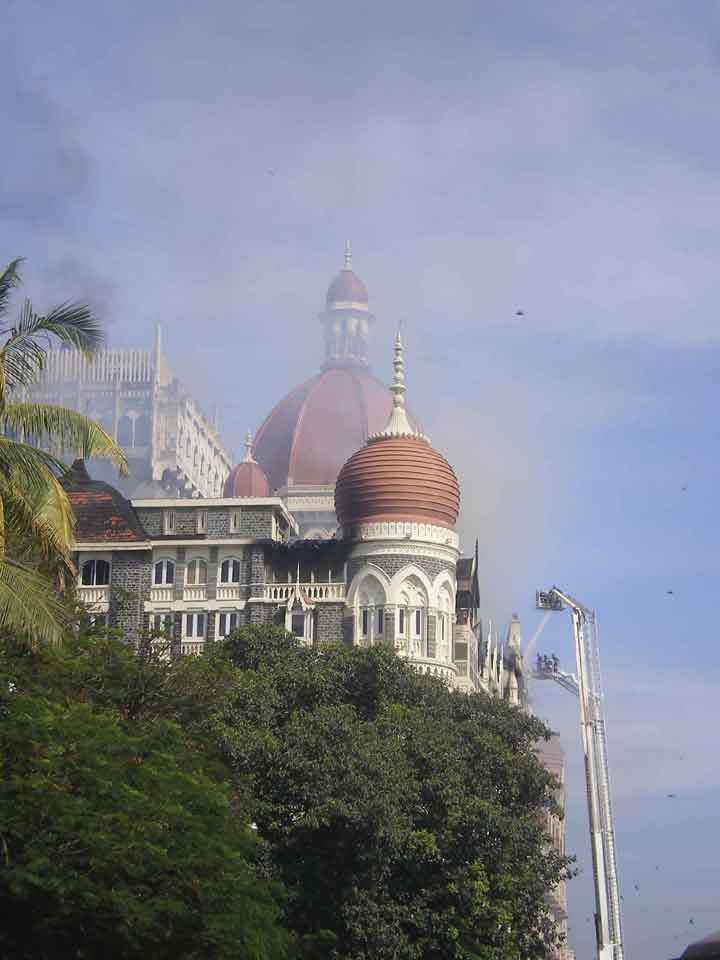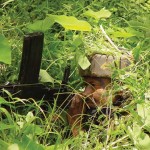
November 2018 marks ten years since the devastating Mumbai attacks which claimed the lives of 166 individuals[i], injured hundreds more, and brought one of India’s largest metropolis to its knees. While this was not the first time that India had faced devastating terrorist attacks on its soil, the scale of destruction, the targeting strategy of the terrorists, and the poor response of the Indian administration to prevent and stop the attacks soon afterwards have made the Mumbai 2008 attacks a very notable moment of history.
In marking the 10th anniversary of the attack, it is today imperative that we understand how ten terrorists managed to cause unprecedented carnage and bring so much destruction to the biggest icons of the city while managing to hold off Indian police, military and NSG officers who were deployed to counter them. While sufficient credit must be given to the reconnaissance activities carried out by Lashkar-e-Taiba and the organizational back-end support provided by Pakistan’s Inter Service Intelligence Directorate, they cannot form and centre our entire analysis of the events. We must critically examine the psychology of the terrorists, target selection, use of modern technology, and funding and training of the terrorists to develop a full picture of threats posed by urban terrorism in order to mitigate it in future.
To fully understand the level of sophistication of the attacks, we must look at the recruitment, training and financial expenditures incurred by the Lashkar-e-Taiba in over two years, from the initial planning to the execution. According to Wilson John, the terrorist outfit took elaborate pains in training over a hundred recruits, mostly from Punjab, and gave them basic training, advanced training, an intelligence/ communications course and marine training[ii]. Combining the cost of these courses, equipment and material with recruitment overheads, transport costs and a basic salary, he estimates a cost of $6,90,000. He additionally notes a separate cost of $2,40,000 as execution expenses[iii]. This included costs for 3 ships, jackets, dhingies, weapons and ammunition, mobiles and satellite phones, reconnaissance, insurance, etc. The level of training, reconnaissance, coordination and costs involved make the 26/11 attacks bigger and more elaborate than any other attack coordinated by a terrorist group in modern history[iv].
While the costs incurred by Laskar-e-Taiba certainly sheds light on the level of sophistication of the attacks, we must note that it was not hundreds of terrorists who carried out the attack, but a much smaller number of ten. Rather, the intensity and sophistication of the attacks becomes apparent when we look at the targets selected and execution of the attacks.
The three-day attack brought destruction to the city of Mumbai and gripped the nation in terror by attacking the Taj Mahal Palace Hotel, Oberoi-Trident, CST, Nariman House, Cafe Leopold, and Cama Hospital. These centres of attack held a three-point attraction for the terrorists:
- They were major icons of Mumbai;
- These locations always saw a large public gathering; and
- These locations catered greatly to the American-Brit-Israeli population, apart from the locals, thereby feeding into the jihadist targeting of ‘Zionist-Crusaders-Hindus’.
These attacks were carried out a small number of highly-trained terrorists, each equipped with AK-47s, multiple bullet rounds for the same, hand grenades, RDX-laden IEDs, other explosives and small arms[v]. At the same time, the terrorists were in constant touch with their handlers in Pakistan via satellite and mobile phones[vi]. They were in turn, getting live updates from the 72-hour continuous news coverage on the attacks.
The aim of the article is not to repeat old information on the 26/11 attacks. It is to underline and reiterate that a state must not neglect or underestimate the level of destruction and brutality that can be leashed by a small number of well-trained and radicalized terrorists. Due to increasing constraints on buying such explosive materials and increasing international crack-down on terrorism financing internationally, it becomes improbable that we might see such kind of attacks with years of training and preparation behind it. But what we might see is the kind of multiple coordinated attacks on major landmarks in major cities around the world like we saw in the Mumbai 2008 attacks. Such large, coordinated attacks, with easily available small arms (and maybe hired vans and trucks) by a small number of dedicated terrorists in a major (or capital) city can create a lasting atmosphere of terror beyond what many other attacks can.
While not all terrorist attacks can be foiled, an increase in intelligence sharing between government agencies and countries might just help in reducing them. At the same time, safeguarding large public spaces, and immediate response post-attack to reduce the level of terror must now become the priority for the police forces. While surveillance of a long, porous coastline such as that of India remains a challenge, efforts must be increased to deter incursion and infiltration by sea-routes by increasing surveillance capacities of ports and harbours and doing adequate checks regarding items and goods being shipped. The Mumbai 2008 attacks also drives home the importance of monitoring social media activities of terrorists and sympathisers – an even greater challenge in high density population areas. Finally, we must re-adjust our response mechanism to such attacks. As we commemorate the 26/11 attacks, and remember all those who died in those gruesome attacks, governments, police and military apparatus, and civil society must just together to deny the terrorists their oxygen of widely publicized attacks. This is the only way to honour those who have lost their lives to such horrendous attacks.
References
[i] The number ‘166’ reflects the total number of people who lost their lives due to the Mumbai 2008 attacks, including those who died due to injuries sustained during the attack. This was taken from a 2017 article, accessible here.
[ii] Wilson John (2011), The Caliphate’s Soldiers: The Lashkar-e-Tayyeba’s Long War, Observer Research Foundation and Amarylls Publication, New Delhi.
[iii] Ibid.
[iv] For Instance, the Madrid train bombing cost around $10,000, Bali bombings $50,000, USS Cole attack $10,000, and East Africa bombings $50,000. Ibid.
[v] This is taken from the final report filed by the Mumbai Police on 23 February 2009.
[vi] Ibid.
Courtesy: http://www.claws.in/1948/reflecting-on-mumbai-2008-attacks-ten-years-on-nikita-kohli.html




